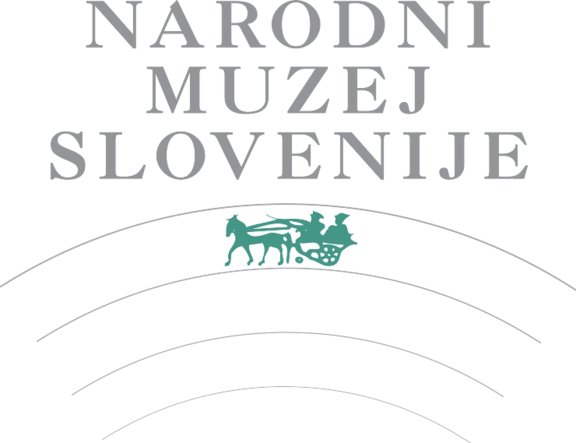National Museum of Slovenia
{{Infobox |name = Narodni muzej Slovenije |telephone = 386 (0) 1 241 4400 |fax = 386 (0) 1 241 4422 |website = http://www.nms.si |founded by = Ministry of Culture |opening hours = 10am-6pm Mon-Wed, Fri-Sun, 10am-8pm Thu, closed holidays |p20 = The museum is home to an extensive collection that includes a archaeological artefacts, old coins and banknotes and applied arts. |street = Prešernova 20 |town = SI-1000 Ljubljana |contacts =
Venues, branches
In 2008 the Museum's Department of History and Applied Arts moved to the new premises at Metelkova 25, which offers storage space as well as exhibition rooms to house a permanent exhibition on the history of applied arts.
The branches of the Museum are: Bled Castle
Programme and collections
A selection of artefacts from the extensive core collections of the Archaeological and History Departments is exhibited in chronological order on the upper floor of the museum; these range from the first artefacts created by human hand (from Karst cave sites dated to the Middle Paleolithic, over 100,000 years ago), to objects illuminating the material and spiritual culture of Slovenia at the beginning of the 20th century. In recent years the renovation of the museum building has provided the opportunity to create a new archaeological and cultural history depository and a lapidary collection. Material displayed on the upper floor can be removed when major temporary exhibitions are installed.
The ground floor houses an exhibition on money in Slovenia, displaying currencies from ancient coins and bronze ingots to new Euro bank notes and coins. The Museum's Numismatic Department is the only one of its kind in Slovenia and thus also functions as a national reference institution. Its principal tasks, besides collecting, include documentation, professional preservation and scientific study of coins, bank notes and other financial instruments, setting up corpora of classical, medieval and modern age finds from Slovene territory and studying the development of banking and insurance in Slovenia.
The Department of Prints and Drawings operates as part of the library and possesses over 30,000 exhibits. Its holdings are divided into two basic groups - graphic and drawings - and, by contents, into art material and documentary material. The collections include works by domestic and foreign masters, different schools and stylistic trends, different graphic and drawing techniques and thematic units. The museum's collection of religious graphic art, devotional prints and documentary representations is particularly extensive and is of major importance in the reconstruction of national history.
Adjacent to the main museum building there is an exhibition of Roman stone monuments, many of which were discovered in Emona, Ljubljana's earliest incarnation. The collection includes mosaics, altars as well as a sculpture of monumental stone lion. The number of tombstones, stone cemetary urns and sarcophagi illustrate the importance of funerary rites during the Roman period. About 80 Roman milestones from the period 2nd-4th century CE have been discovered in Slovenia, and while many of them remain in their original location, a few are on display in the museum.
Regular public guided tours of the exhibition Treasures of the National Museum of Slovenia are organised every third Sunday of the month at 11am and feature the most important and valuable objects from the archaeological collections of the museum, including a Neanderthal flute from the Stone Age cave of Divje Babe, a bronze situla from Vače, a unique Roman medallion featuring the bust of Emperor Augustus, early medieval jewellery, and swords from the age of chivalry. The tour also includes the famous ancient dugout canoe and selected artefacts from Copper and Bronze Age pile-dwelling settlements of the Ljubljana marshes.




